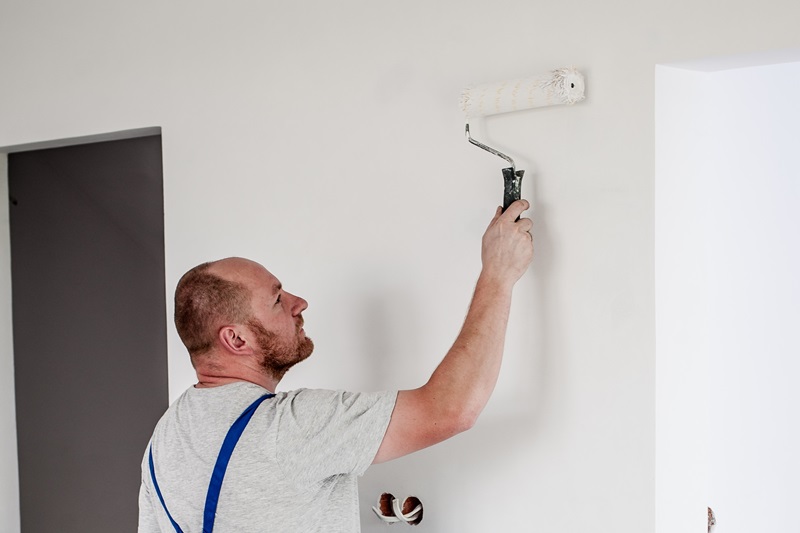If you are thinking about having your house lifted, perhaps because of flood risk, or a bad foundation, you might be wondering just how safe it is. Is a house ever at risk of falling when being lifted? What happens if something goes wrong?
As a very general rule, house lifting is extremely safe; thousands of homes have been lifted safely and successfully all over the US, particularly in areas at risk of flood/storm damage. When a house is raised it is done so very slowly, typically 6-10 inches at a time. The house must be kept level at all times, even the smallest in-balance can put stress on the walls. If sustained, this pressure can lead to cracks and ceiling problems. Ultimately the process works very well, employing large hydraulic jacks to lift the house slowly and safely. The methods used means that problems are extremely rare.

The industry experienced a surge after superstorm sandy caused devastation over much of the east coast of the US. During this time there was a big rush to lift thousands of homes on the shoreline out of harm’s way. It was in the few years preceding that a small number of accidents started to emerge.
- In September 2013 a house in Highlands NJ fell when a section of cribbing allegedly failed. The home slid into two neighboring houses. Fortunately no one was injured.
- Home in wildwood, Atlantic city – Didn’t go to plan with fire department reporting a man partially pinned under water while bolting a beam to piling. This was reportedly due to a man on his first day in the job.
However even today, the industry is not immune from problems.
- As recently as July 2018, a house being lifted in Milford, CT fell and a worker was admitted to hospital, fortunately only with a wrist injury. The house was approved for raising after sustaining damage from super storm Sandy in 2012.
Additional Safeguards Were Introduced
Following a number of high profile incidents, new rules were implemented in the state of New Jersey to limit the number of contractors who could legally do this type of work. The new requirements governed that house raising companies should have an annual registration and an additional $1 million insurance to cover home lifts.
Again it’s important to remember that house raising incidents are extremely rare. It’s possible that in older homes existing structural damage can be made worse through lifting, however, a house falling off its raisers is even rarer.
Of course, it’s always best to be on the safe side and there are things you can do to minimize any risk (however minute).
- It is always best to choose a specialist raising company with plenty of experience, particularly over a general contractor. Specialist house lifting companies do this work day in and out.
- You can’t ask too many questions! House lifting is a long procedure, there’s plenty of time to ask questions and make sure everything is right.

 by
by 


It’s great that in general, house lifting is a safe way to help your home avoid being flooded! We’ve had some close calls with floods in our area recently, and I think we may want to get our house lifted until things calm down. We live in a pretty vulnerable location, and if the right storm came, we would be completely flooded. I’ll have to make some calls and see what we can do.